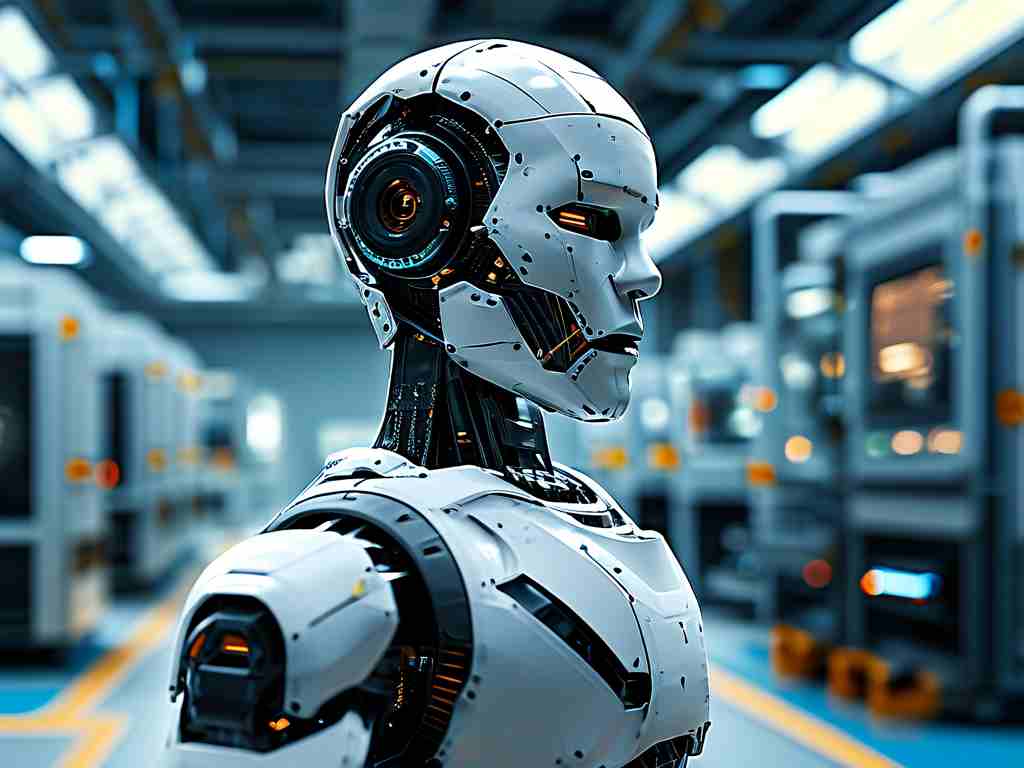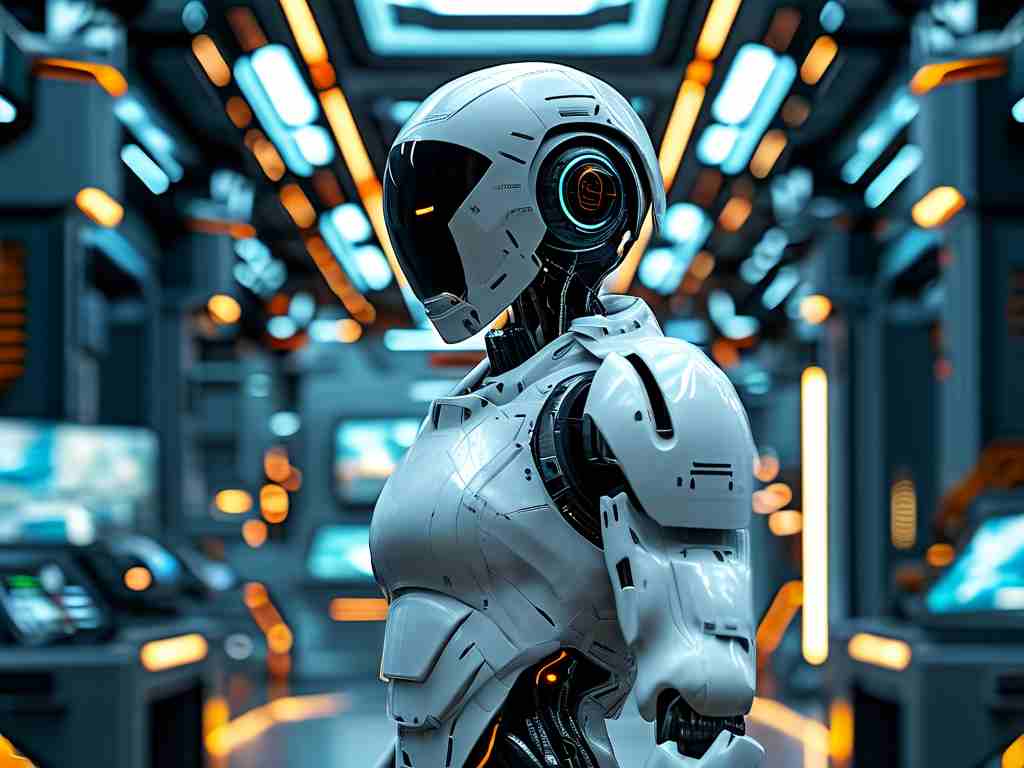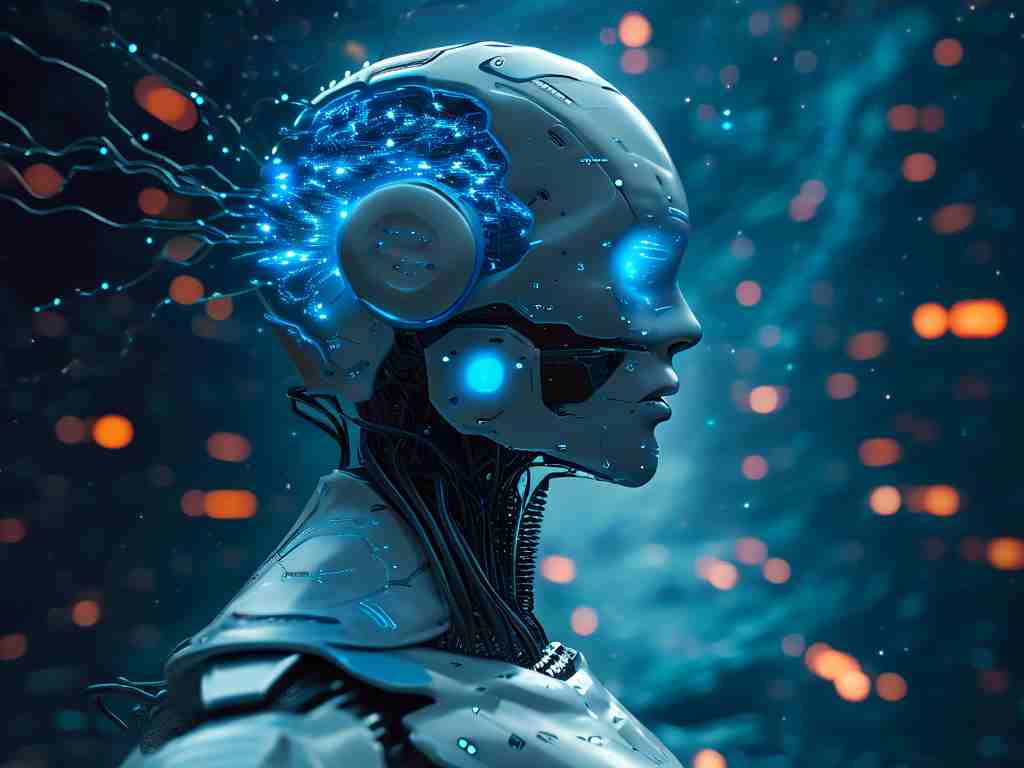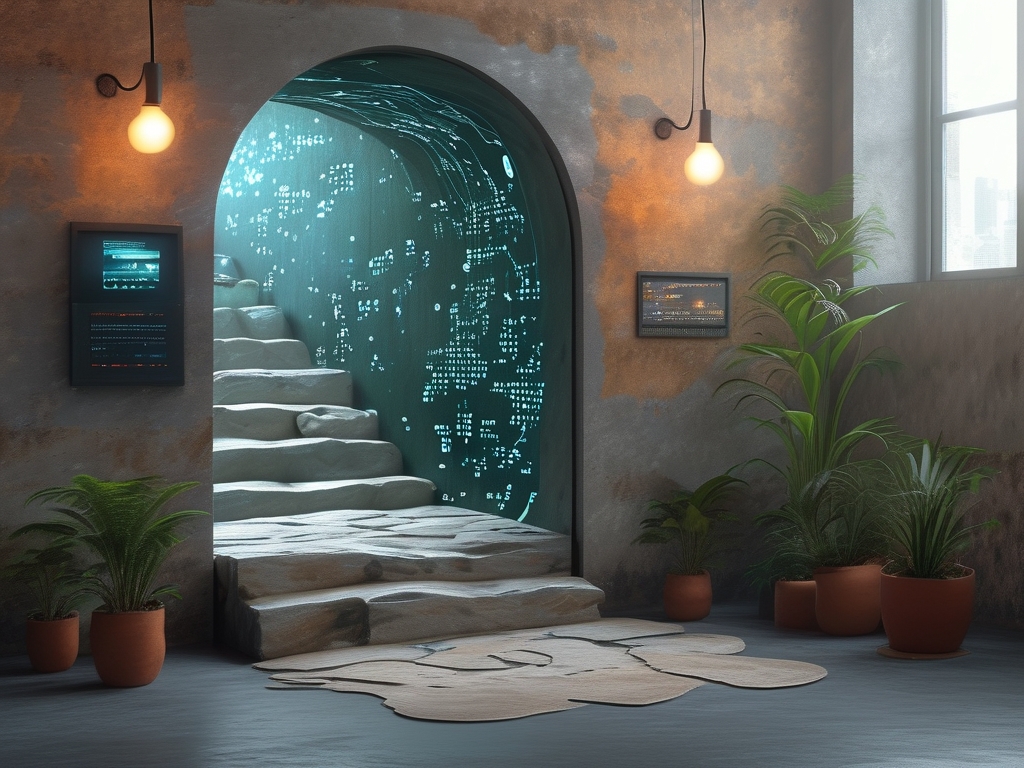The fusion of robotics and artificial intelligence has revolutionized niche industries, with billiards robots emerging as a fascinating example. These machines combine precision engineering, computer vision, and adaptive algorithms to replicate—and sometimes surpass—human gameplay. Unlike industrial robots programmed for repetitive tasks, billiards robots must navigate dynamic environments, requiring real-time decision-making akin to human intuition.
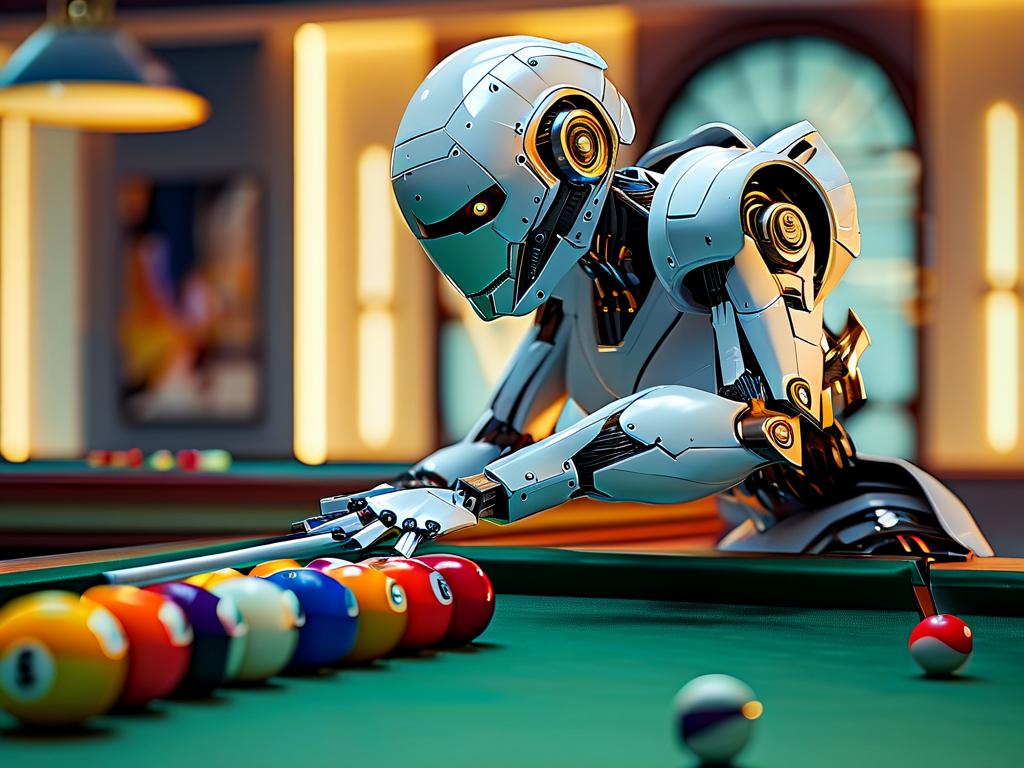
Core Mechanical Architecture
At the heart of a billiards robot lies a hybrid mechanical system. A multi-axis robotic arm, typically with 4–6 degrees of freedom, forms the primary actuator. Engineers optimize these arms for both rigidity and flexibility, using carbon-fiber composites to reduce inertia while maintaining structural integrity. The end effector—a custom-designed cue stick interface—incorporates force-sensitive actuators to simulate strike intensity variations. For lateral movement, some models employ omnidirectional wheels powered by servo motors, enabling seamless navigation around the table’s perimeter.
Vision Systems: Beyond Basic Object Detection
Advanced stereoscopic cameras mounted on overhead gantries capture table topography at 200–500 fps. Rather than relying on standard RGB data, these systems utilize infrared grid projection to map ball positions within 0.1mm accuracy. A proprietary algorithm developed by Cambridge Robotic Labs converts raw point cloud data into spatial coordinates while compensating for ambient light interference. This process occurs in under 50ms, ensuring real-time tracking even during rapid ball movements.
Decision-Making Algorithms
The AI layer employs a dual-network architecture. A convolutional neural network (CNN) handles immediate shot selection, analyzing over 120 potential ball trajectories per second. Simultaneously, a long short-term memory (LSTM) network predicts opponent strategies by studying historical gameplay patterns. During the 2023 World Robotic Billiards Championship, MIT’s “CueMaster 4.0” demonstrated adaptive learning by modifying its defensive tactics mid-match after analyzing the opponent’s bank shot tendencies.
Dynamic Force Calibration
Strike precision depends on sophisticated force feedback loops. Piezoelectric sensors embedded in the cue tip measure collision dynamics, transmitting data to a PID controller that adjusts motor torque within 2ms. This system accounts for variables like ball wear and table cloth friction. In controlled tests, robots achieved 98.7% accuracy in position control compared to professional players’ 92% average.
Challenges in Multi-Ball Interaction
Simultaneous ball collisions present unique computational hurdles. Researchers at ETH Zurich developed a physics engine using modified Navier-Stokes equations to model energy transfer during complex shots. Their 2024 paper revealed that incorporating air resistance coefficients reduced prediction errors by 37% in masse shot simulations. However, real-time computation remains resource-intensive, prompting the integration of edge computing modules directly into robotic platforms.
Energy Optimization Techniques
Power management proves critical for autonomous operation. A breakthrough came with the implementation of kinetic energy recovery systems (KERS), where deceleration during arm retraction regenerates up to 15% of expended energy. Combined with low-power vision chips from NVIDIA’s Jetson series, top-tier models like “RoboCue Pro” achieve 8+ hours of continuous play on a single charge.
Ethical and Regulatory Considerations
As these robots approach human skill levels, governing bodies face new dilemmas. The World Pool-Billiard Association recently proposed “hybrid tournaments” requiring human-robot teams, aiming to preserve the sport’s traditional aspects. Meanwhile, patent disputes escalate—notably between Brunswick Corporation and Chinese startup AiCue over trajectory prediction algorithms.
Future Directions
Emerging technologies promise further advancements. Quantum computing prototypes at Caltech have reduced shot calculation times from milliseconds to microseconds. Haptic feedback interfaces now allow robots to “feel” chalk quality and cue balance adjustments. Perhaps most intriguingly, neuromorphic chips modeled on biological neural networks may enable genuine creative shot-making—a capability previously exclusive to human professionals.
From mechanical design to cognitive modeling, billiards robots encapsulate the convergence of multiple engineering disciplines. As these systems evolve, they’ll not only redefine competitive sports but also contribute to broader robotics applications, from automated logistics to assistive technologies. The next decade may witness machines that don’t just imitate human playstyles but develop entirely new strategies, fundamentally altering our understanding of both robotics and cue sports.


